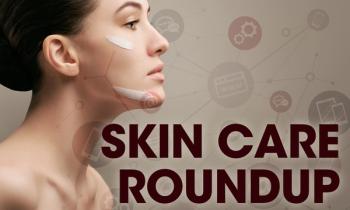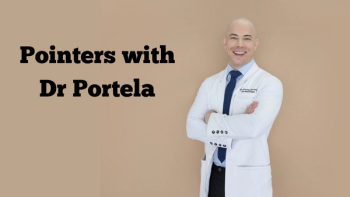
The Mainstream Patient: November 14
This week's edition of the Mainstream Patient features stories about "botox in a bottle" products, how to treat cystic acne, face positivity, and more.
In this week’s edition, New Beauty explores the best skin care routine for acne-prone and over 50 skin and Vogue lists 9 "botox in a bottle" products. Cosmopolitan explains how to treat cystic acne at home and with a dermatologist and Self reveals the best skin care tips from a dermatologist. Elle discusses face positivity and Allure looks at the difference between botox and fillers.
The Ideal Skin-Care Routine for Acne-Prone, 50-Something Skin
For many
Botox in a Bottle? These Skin Care Products Deliver
Every time we open our TikTok app, we’re inundated with a new beauty trend users can’t stop raving about. While many aren’t worth a second thought, the
How to Treat Cystic Acne at Home and With a Dermatologist
If you’ve ever gotten cystic
The Best Skin Care Tips I Learned From My Mom, a Dermatologist
Growing up as the daughter of a dermatologist, I’ve gotten used to friends, acquaintances, and strangers alike asking me all sorts of skin care questions—from someone I was dating asking me to
Body Positivity Is a Bona Fide Movement. Why Not Face Positivity Too?
If I had a dollar for every time someone suggested, unsolicited, that I “fix” my face, I might have amassed enough to fund one of those costly procedures by now. My childhood dentist told me that if I didn’t do something drastic to address my strong jawline, I’d look like Jay Leno by the time adulthood neared. Years later, as an assistant with no health insurance, I was told by another dentist that I “needed” cosmetic jaw surgery. Then there was the makeup artist who, when I arrived on the set of a shoot, promised “we can make your nose disappear!” and proceeded to contour me to the nines. Shamefully, I was so happy with the results that I ended up using the photo as my professional headshot, trying not to let any candid shots slip through the cracks.
Botox Vs. Fillers: Experts Explain the Difference Between the Injectables
Welcome to the
Newsletter
Like what you’re reading? Subscribe to Dermatology Times for weekly updates on therapies, innovations, and real-world practice tips.















